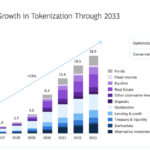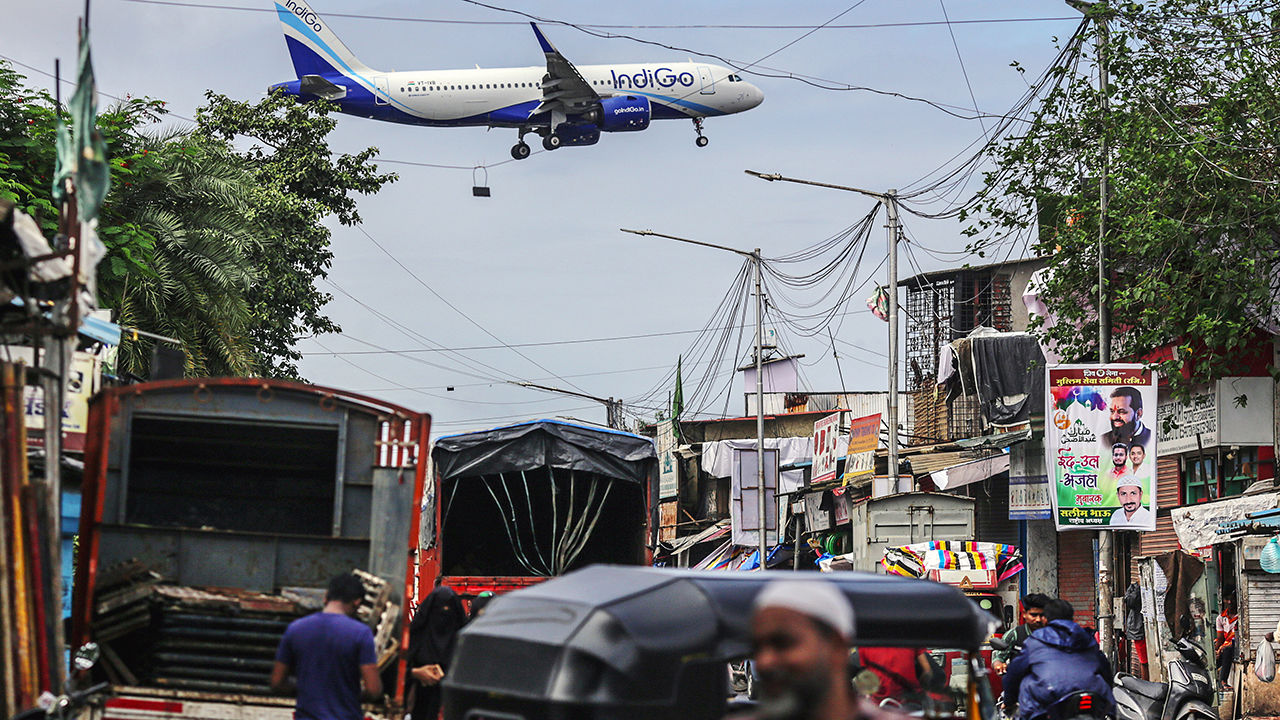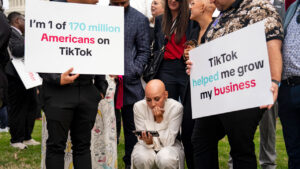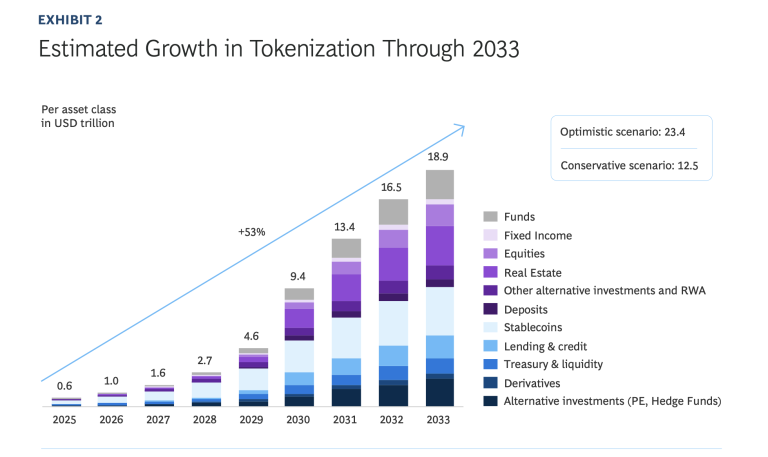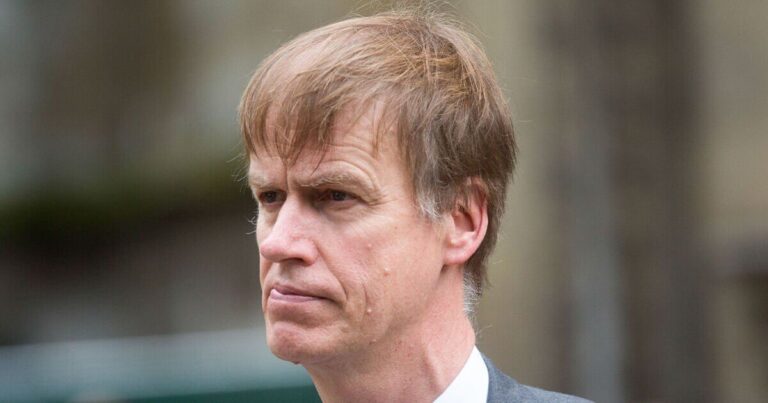
To become a millionaire, start with a billion dollars and launch an airline. Usually attributed to Richard Branson, a British entrepreneur, the line gets at the truth that the aviation business is capital-hungry and failure-prone. Still, that did not deter Rahul Bhatia, a travel agent, and Rakesh Gangwal, a former airline chief. They started as mere millionaires, and today are among the richest 500 people in the world, with a combined net worth of $13.3bn, according to Forbes, a compiler of lists.
IndiGo, the airline they founded in 2006, is now India’s largest, with over 60% of the domestic market by passenger volume. By comparison, America’s top four airlines together have 69% of its market. IndiGo is among the world’s ten biggest airlines measured by number of flights. Bar the pandemic, it has been consistently profitable since its third year of operation. And it intends to get much bigger. Last year the company placed an order for 500 planes, the largest ever for an airline. A new plane joins its fleet every week.
To mark IndiGo’s 18th birthday this month, the airline held an extravagant event in Delhi, complete with crew members dancing to “Nattu Nattu”, a hit Telugu song. Even more unusual was the vision IndiGo, a low-cost carrier, laid out for its future, including a new business-class offering, a frequent-flyer programme and, from 2027, when it receives its first wide-body Airbus A350 aircraft, the launch of long-haul services. Recent aviation history is littered with the carcasses of low-cost carriers such as Wow Air and Primera Air that attempted similar moves. Yet IndiGo’s strategy may prove farsighted.
The record of Indian aviation is abysmal: no airlines survive from the boom of the 1990s. Jet Airways and Kingfisher, two beloved full-service airlines, both collapsed. Go First, a low-cost carrier, is on the verge of liquidation. SpiceJet, another one, is having trouble paying its bills. IndiGo’s main competitor, Air India, the formerly state-owned carrier that was privatised in 2022, is in the midst of a costly turnaround. India’s aviation sector is highly regulated, its infrastructure dreadful and the average passenger as sensitive to price as a white tiger to sunlight.
How, then, has IndiGo thrived? Like its passengers, it prizes frugality. In “Sky High”, a new book about IndiGo’s rise, Tarun Shukla, an aviation journalist, recounts a story from 2004 when the founders were negotiating an initial order with an Airbus representative over lunch. At the end of the meal Mr Bhatia reached for his wallet. Mr Gangwal stayed his hand: “Not us, he will pay.” Mr Gangwal’s hard-nosed negotiation style was “one of the most important things for setting them up for success,” says Binit Somaia of CAPA India, an aviation consultancy. To keep prices low, IndiGo started with an initial order of 100 planes, unheard-of for a startup airline and even more absurd in India, where the total fleet at the time numbered just 158 planes. Carefully structured contracts with engine-makers kept it from bleeding money when engine troubles grounded planes.
Mr Bhatia put it succinctly in an interview in 2011: “We are, pardon my French, very anal about our cost structure.” IndiGo resisted in-flight magazines for years. It still eschews ovens, which add weight and complexity; meals in the new business-class will remain cold. Apart from turboprops for regional routes, its fleet is made up entirely of one type of aircraft.
Nitpicking over costs is also the hallmark of other successful low-cost carriers, from Ryanair to Southwest Airlines. In other ways, though, IndiGo is unlike most other low-cost airlines. It is an enthusiastic participant in codeshare arrangements. It has a cargo operation. It sells connecting routes. Instead of the point-to-point model typically used by low-cost carriers, it is moving towards the hub-and-spoke approach typical of full-service airlines. The distinction between low-cost and full-service, argues Pieter Elbers, IndiGo’s chief executive, “has become a bit blurry over the years”. As Mr Somaia of CAPA India puts it, “they may not be Singapore Airlines, but they’re not trying to be Ryanair.”
IndiGo’s new strategy will add complexity to an airline built around simplicity. But it may still make sense, for two reasons. The first is that, as India’s aviation market takes off, so will demand for long-haul and premium offerings. CAPA India expects India’s passenger volume to more than double by 2030, to over 500m. The government is eager for the country’s carriers to establish themselves as super-connectors that compete with the likes of Emirates, a Middle Eastern airline. New airports are being built that should help enable that.
The airline’s changing approach is also defensive. A carrier with 60% market share should not need a loyalty programme. But if IndiGo is to compete with fancy Middle Eastern carriers it has to raise its game. At home, Air India is in the process of merging with Vistara, a full-service airline. That will make it the only Indian carrier to fly to Europe and America and to offer three cabin classes. Its fleet and service are improving. Last year it ordered 470 aircraft, not far off IndiGo’s record-breaking order. Its owner, the Tata Group, one of India’s biggest conglomerates, has deep pockets. For IndiGo, then, competition is bound to get tougher. “Complexity brings some additional costs,” admitted Mr Bhatia at the event in Delhi. But “if that brings benefits, we should introduce it in a thoughtful manner.” At 18, Indigo is all grown up—and preparing to play with the big boys. ■
To stay on top of the biggest stories in business and technology, sign up to the Bottom Line, our weekly subscriber-only newsletter.




